When you have a character who has such a presence and such an aura about him, you have a formula for an influential and beautiful film; a formula that keeps the viewer enthralled and captivated as the story unfolds. This is part and parcel of Nosferatu, and the fact that it is easy to follow works in its favor as dread and terror gradually increase as Count Orlok’s lust for blood comes to light. He doesn’t express it at first; if anything, he keeps it to himself until Hutter accidentally cuts his thumb. It’s a pivotal scene as well as a scene that says a lot with very little and goes to show that he is concealing his identity for a reason, an aspect that is very much in contrast to how vampires are portrayed in modern cinema. They have nothing to hide, whereas Orlok does; and as such, his appearance is all the more unsettling. He stands out like a sore thumb, which is well conveyed as he strikes fear into the hearts of his victims, causing them to panic. It’s rather effective.
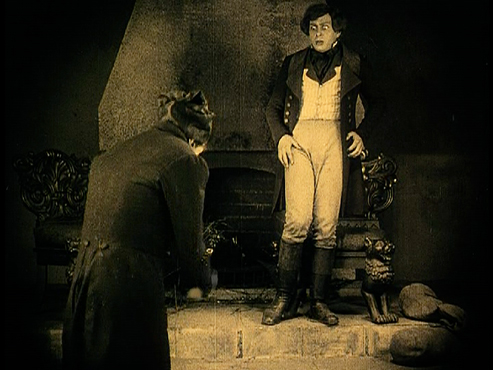
There is a scene in which a Venus flytrap is likened to that of a vampire. It’s a scene that stands out for a few reasons, in that it illustrates the suddenness of penetrating flesh; it conveys that prey is caught by surprise at its most vulnerable; and it goes to show that both plant and vampire have a carnivorous nature. Such qualities are well conveyed, and they are in the limelight to the extent that they complement Orlok’s pursuit of Ellen, given her youthfulness and beauty, qualities that Orlok lacks yet he can’t resist them. For this reason, his lust for blood has a rationale behind it; so in addition to satisfying it, he is preying upon a victim who is his polar opposite, which illustrates the extent of her allure.
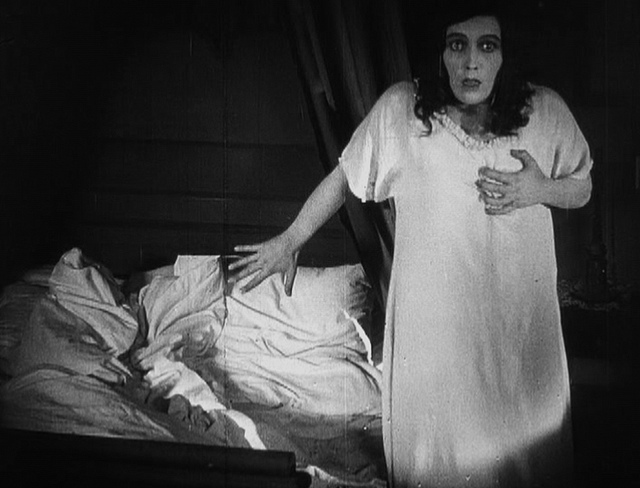
The score is haunting yet exquisite. It accentuates the sense of dread as well as Orlok’s presence, which emanates from the screen whether he is rising from his coffin or ascending a staircase. Such moments are simple but striking, memorable but captivating; and on that note, Erdmann’s command of his orchestra is second to none as he immerses the viewer in an imposing yet eerie soundscape. It is consistent in its adroitness and impressive in its scope; and, as such, the atmosphere is all the more tangible. So much so, in fact, that you’d be hard-pressed to take your eyes off the screen.

Nosferatu is a film that has stood the test of time and is well-deserving of praise. It is foremost about a vampire, but it also deals with death, disease, and anti-Semitism, so it has something to say, and I’m sure that I would pick up on such details in subsequent viewings. For now, I will say that I enjoyed revisiting the film since I haven’t seen it in quite some time. It’s one of the first films that comes to mind when I think of silent horror, which goes to show how much of an impression it has left on me.

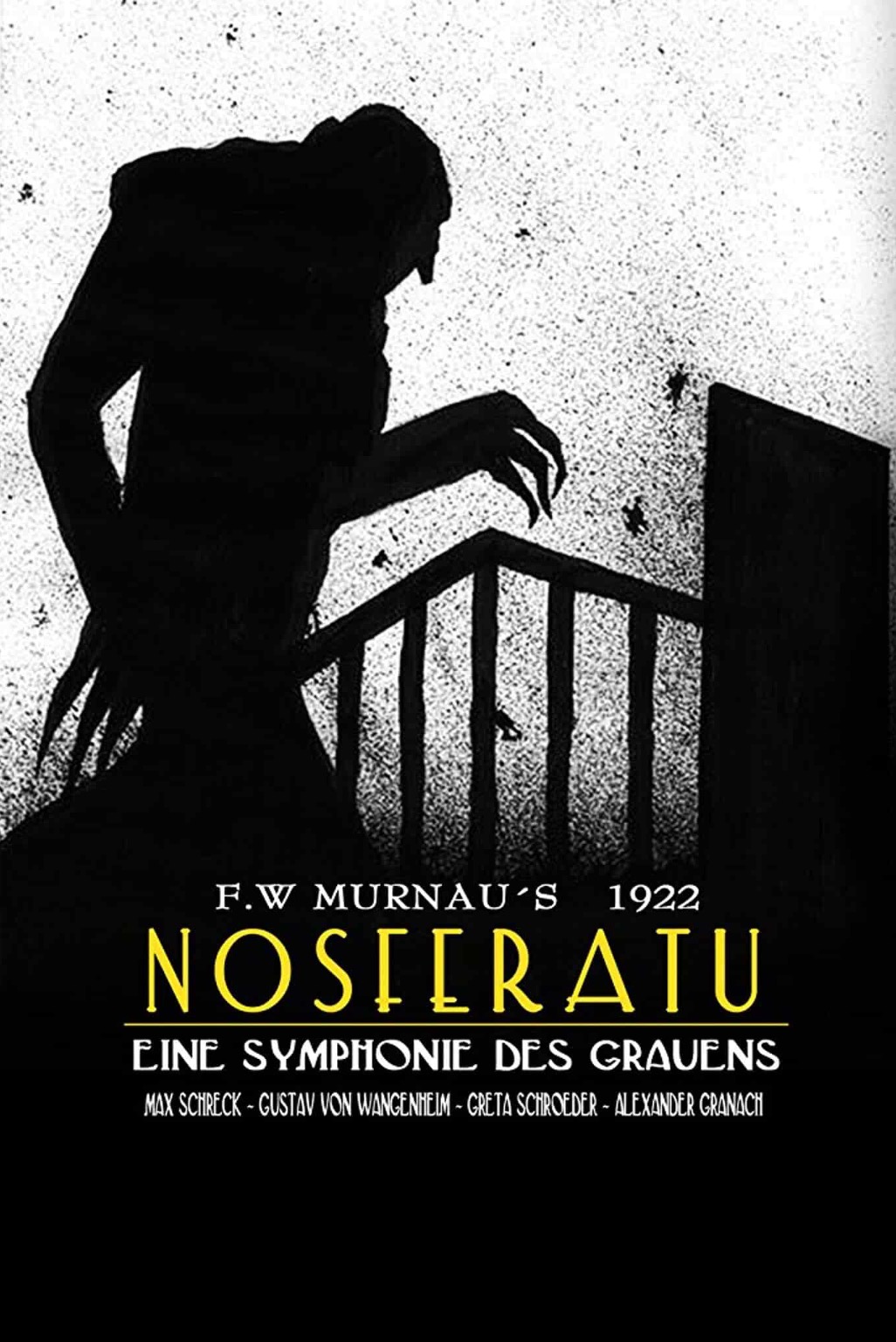
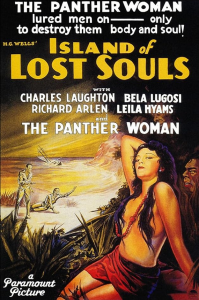
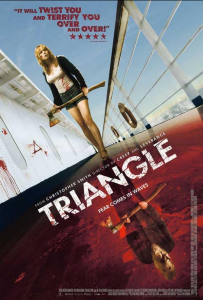
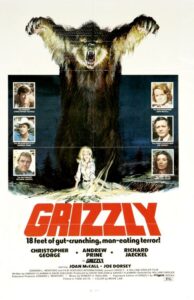
No comments! Be the first commenter?